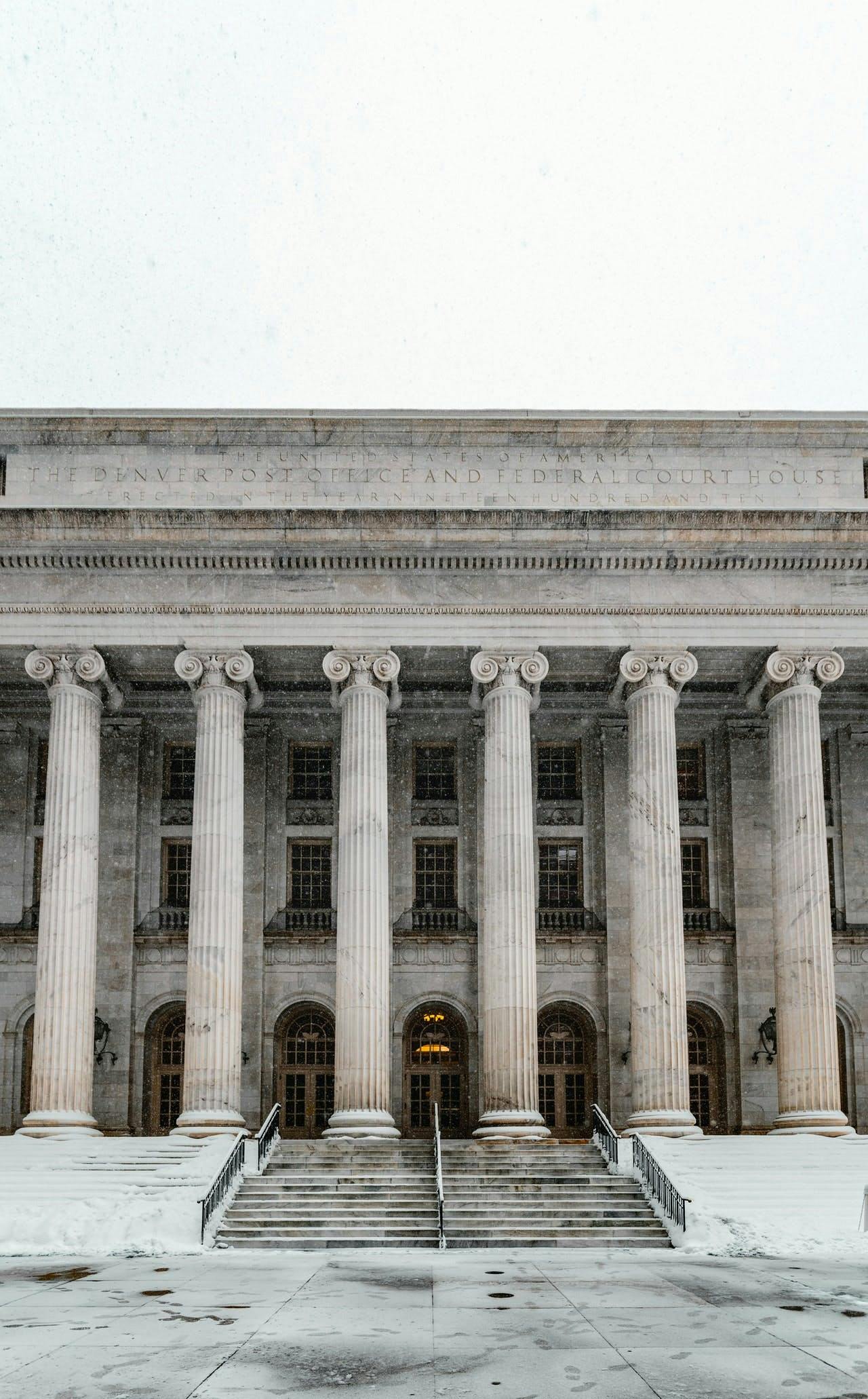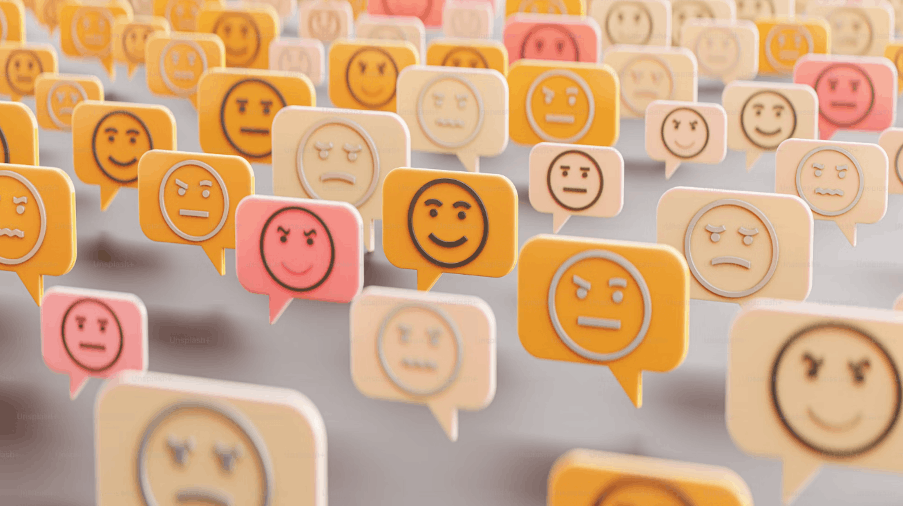Does Loss Aversion Impact How Judges Make Decisions?
Loss aversion is a widely documented psychological occurrence that is encapsulated in the expression “losses loom larger than gains.” [1] Basically, losing something feels worse than the corresponding pleasure derived from gaining that same thing. [2]
The phenomenon of loss aversion, which has been shown to have a basis in neuroscience, is visible across different demographics and even species, having been documented in professional financial traders, taxi drivers, young and old people, and even capuchin monkeys. [3]
Loss aversion is visible all around us in our daily lives as well, even if we don’t realize it. For example, professional golfers take more chances to avoid a loss than to obtain a commensurate gain, preferring to take more risky shots to avoid the loss of a bogey (taking one more shot than expected) than to achieve the gain of a birdie (taking one less shot than expected). [4] We see loss aversion in politics, too, with then-candidate Donald Trump using loss rhetoric frequently during his campaign for President. For example, Trump repeatedly asserted that Americans were “losing our jobs” to illegal immigrants and at one point said “[w]e’re losing everything.” [5]
But does loss aversion impact how judges make decisions in court?
The short answer is yes, probably.
For example, Rachlinski and Wistrich studied the effect of loss aversion on judges deciding employment discrimination cases. [6] Keep in mind that the law in this area doesn’t distinguish between discrimination in hiring (gain) or firing (loss)—it prohibits discrimination in both contexts. [7]
But, Rachlinski and Wistrich hypothesized that “even if all else is equal, applicants who are the victims of [hiring] discrimination face worse prospects for successfully pursuing discrimination claims than discharged employees.”
Rachlinski and Wistrich presented a hypothetical case to 146 trial judges and set up the case as follows: [8]
Frank Porter, a 61-year-old man, filed a complaint with the Florida Commission on Human Relations under the Florida Civil Rights Act of 1992, asserting that he was the victim of age discrimination at the hands of Gatorville College, a small private college.
Half of the judges received materials indicating that Porter “was one of five applicants for a resident director position at a dormitory and was not hired” and the other half received materials indicating that Porter “was one of five residential directors faced with a layoff due to an effort to reduce the number of staff—and he was let go.”
The failure to hire scenario presented at trial was as follows:
Porter was one of five applicants for four “Resident Director” positions at four dormitories at Gatorville College. All of the applicants held similar educational and professional credentials. The College chose not to hire Porter, contending that he did not have the interpersonal and staff management skills of the other applicants. Porter contends that the real reason he was not hired is because of his age. In support of this argument, he points out that the other four applicants, each of whom was hired, are all under 30, while he is 61. He also produced notes from the central administration supervisor with whom he met. Next to Porter’s name, the supervisor’s notes read, “Energy? Understanding of today’s college students?”
The termination scenario presented at trial was as follows:
Porter was one of five Resident Directors at Gatorville College, which sought to reduce its Resident Director staff from five to four. All of the Resident Directors held similar educational and professional credentials. The College chose to discharge Porter, contending that he did not have the interpersonal and staff management skills of the other applicants. Porter contends that the real reason he was discharged is because of his age. In support of this argument, he points out that the other four resident directors, each of whom was retained, are all under 30, while he is 61. He also produced notes from the central administration supervisor with whom he met. Next to Porter’s name, the supervisor’s notes read, “Energy? Understanding of today’s college students?”
The results were consistent with the authors’ initial hypothesis.
Although the legal standard was the same for both cases, how the law was applied varied based on the hiring discrimination versus firing discrimination frame. Specifically, 30% of judges who reviewed the firing discrimination version found in favor of Porter as opposed to only 14% of judges who received the hiring discrimination scenario [9]
Porter, in the firing version of events, was clearly viewed by the judges as more sympathetic, or as having been discriminated against to a worse extent, or some combination of the two.
Behavioral Science, Democratized
We make 35,000 decisions each day, often in environments that aren’t conducive to making sound choices.
At TDL, we work with organizations in the public and private sectors—from new startups, to governments, to established players like the Gates Foundation—to debias decision-making and create better outcomes for everyone.
The AI Governance Challenge
And it’s not just in employment discrimination cases. Rachlinski and Wistrich found that across eight different areas of the law—including products liability and medical malpractice, among others—judges reacted differently when the legal question was framed as a loss rather than a gain.
What does this mean for how we view judges more generally?
Chief Justice John Roberts used a now-famous umpire analogy during his confirmation hearing in September 2005 to describe the role of a judge, or justice, as he saw it:
Judges are like umpires. Umpires don’t make the rules they apply them. [10]
The umpire analogy paints a picture of the judge as a neutral and impartial arbiter. It brings to mind the image of a judge who decides cases entirely rationally and consistently, based only on their objective merits.
But maybe this view of a judge is incomplete. After all, judges are human, too.
References
[1] Daniel Kahneman & Amos Tversky, Prospect theory: An analysis of decision under risk, 47 Econometrica 263, 279 (1979).
[2] See Why is the pain of losing is felt twice as powerfully compared to equivalent gains? The Decision Lab, https://thedecisionlab.com/biases/loss-aversion/ (last accessed Feb. 17, 2020).
[3] See generally Peter Sokol-Hessner & Robb B. Rutledge, The Psychological and Neural Basis of Loss Aversion, 28 Current Directions in Psychol. Sci. 20 (2018); see also Michael S. Haigh & John A. List, Do Professional Traders Exhibit Myopic Loss Aversion? An Experimental Analysis, 60 J. Fin. 523 (2005) (loss aversion in financial traders); Colin Camerer, Linda Babcock, George Loewenstein, & Richard Thaler, Labor Supply of New York City Cab Drivers: One Day at a Time, 111 Q. J. Econ. 407 (1997) (loss aversion in taxi drivers); generally Robb B. Rutledge et. al., Risk Taking for Potential Reward Decreases across the Lifespan, 26 Current Biology 1634 (2016) (loss aversion in old and young); M. Keith Chen, Venkat Lakshminarayanan, & Laurie R. Santos, How Basic Are Behavioral Biases? Evidence from Capuchin Monkey Trading Behavior, 114 J. Pol. Econ. 517 (2006) (loss aversion in capuchin monkeys).
[4] Devin G. Pope & Maurice E. Schweitzer, Is Tiger Woods Loss Averse? Persistent Bias in the Face of Experience, Competition, and High Stakes, 101 Am. Econ. Rev. 129, 136 (2011) (finding loss aversion in professional golfers).
[5] James Surowiecki, Losers!, New Yorker (June 6 & 13, 2016), https:// www.newyorker.com/magazine/2016/06/06/losers-for-trump.
[6] Jeffrey J. Rachlinski & Andrew J. Wistrich, Gains, Losses, and Judges: Framing and the Judiciary, 94 Notre Dame L. Rev. 521, 573 (2018).
[7] See 42 U.S.C. § 2000e-2(a)(1) (2012) (“It shall be an unlawful employment practice for an employer to fail or refuse to hire or to discharge any individual, or otherwise to discriminate against any individual with respect to his compensation, terms, conditions, or privileges of employment, because of such individual’s race, color, religion, sex, or national origin . . . .”) (emphasis added).
[8] Rachlinski & Wistrich, Gains, Losses, and Judges, at 557.
[9] Id. at 558
[10] 9/12/05: John Roberts’ Baseball Analogy, ABC News (Sep. 12, 2005), https://abcnews.go.com/Archives/video/sept-12-2005-john-roberts-baseball-analogy-10628259.
About the Author
Tom Spiegler
Tom is a Co-Founder and Managing Director at The Decision Lab. He is interested in the intersection of decision-science and the law, with a focus on leveraging behavioral research to shape more effective public and legal policy. Tom graduated from Georgetown Law with honors. Prior to law school, Tom attended McGill University where he graduated with First Class Honors with majors in Philosophy and Psychology.





